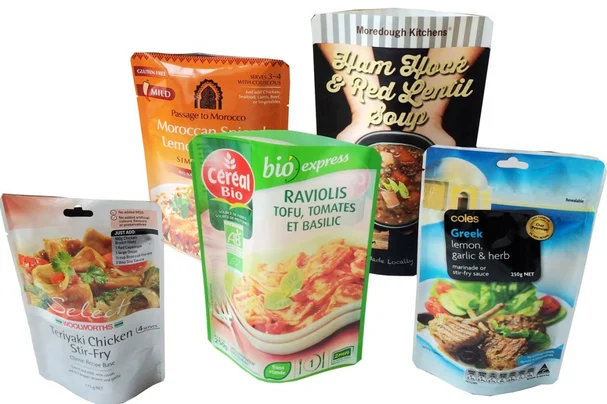In the fast-paced food marketplace of today, where there’s ruthless competition and dwindling consumer attention spans, food package design is not just a cosmetic afterthought. It’s a thrilling mix of science and art that can be both the secret to a product’s success and the kiss of death. From grabbing a consumer’s attention on a supermarket shelf to communicating vital product information, packaging design is a multifaceted function that is paramount to the food industry.

The Impact of Food Packaging Design on Consumer Behavior
Research shows that a vast majority of consumer purchases are made at the point of sale. Indeed, a survey by the Packaging Digest reveals that about 72% of consumers report that packaging design plays a role in their purchasing decision. This means that a successful food packaging design can serve as a silent salesperson. A bold, eye-catching color scheme, together with a simple-to-read label, can capture a consumer’s eye and draw them to consideration of a product that otherwise would be overlooked.
For example, a colorful box of cereal with lighthearted, cartoon-style characters will appeal to children and parents looking for a child-appealing breakfast choice.
Communicating Product Information Effectively
Food packaging design is also a key means of communicating essential product information. Clear and effective labeling is not only a legal requirement but also critical for informed consumers. Ingredients, nutritional facts, expiration date, and cooking instructions need to be presented in a readable format.
A study conducted by the Food Marketing Institute found that 66% of customers read labels intensely before purchasing. Accordingly, an excellently conceived package will include such information in an organized and aesthetically agreeable manner whereby consumers will relatively easily decide if the item they seek.

A Mirror for Brand Identity
Your package reflects your brand. It needs to embody the character, values, and story behind your brand. A premium chocolate firm might select minimalist, high-tech-looking packaging, using superior materials like thick cardboard and metallic accents to project its premium image. An organic, health-food firm might use natural colors, nature-inspired graphics, and eco-friendly packaging materials to imply its utilisation of natural and healthy ingredients and environmental conscience.
Trends in Food Packaging Design
In recent years, a trend towards packaging design that’s sustainable has become common. Food consumers are turning greener by the day and expect food companies to do their bit. As per a Business of Fashion report, 81% of people across the world believe that it is the job of brands to make the globe a better place. Therefore, the majority of food companies have started using sustainable packaging materials such as bioplastic, recyclable paper, and compost-based materials.
The second trend is augmented reality (AR) being utilized in packaging design. Through AR, customers are able to use their smartphones to try out the packaging, obtain extra product details, recipes, or even a fully immersive brand experience.
Challenges in Food Packaging Design
Even though it is extremely important, food packaging design also comes with its own set of challenges. The greatest challenge is striking a balance between functionality and creativity. The packaging needs to be aesthetically pleasing but, at the same time, durable enough to survive transportation and storage.
In addition, there are numerous regulations for packaging food, especially labeling. The company needs to ensure that its packaging design complies with all relevant legislation to prevent being heavily fined and sued.
Overall, food packaging design is an imperative and evolving aspect of the food industry. It has the power to influence customer behavior, communicate product details, and create brand identity. As customers become increasingly discerning and trends continue to evolve, food brands need to invest in innovative and well-thought-out packaging designs.
Thus, being a food owner or a designer, do not downplay packaging’s potential. Let us come together and craft packaging that looks fantastic as well as contributes towards a more consumer-friendly, sustainable food business. Start digging up new ideas, embrace fresh trends, and make your food item pop in the shelves!
